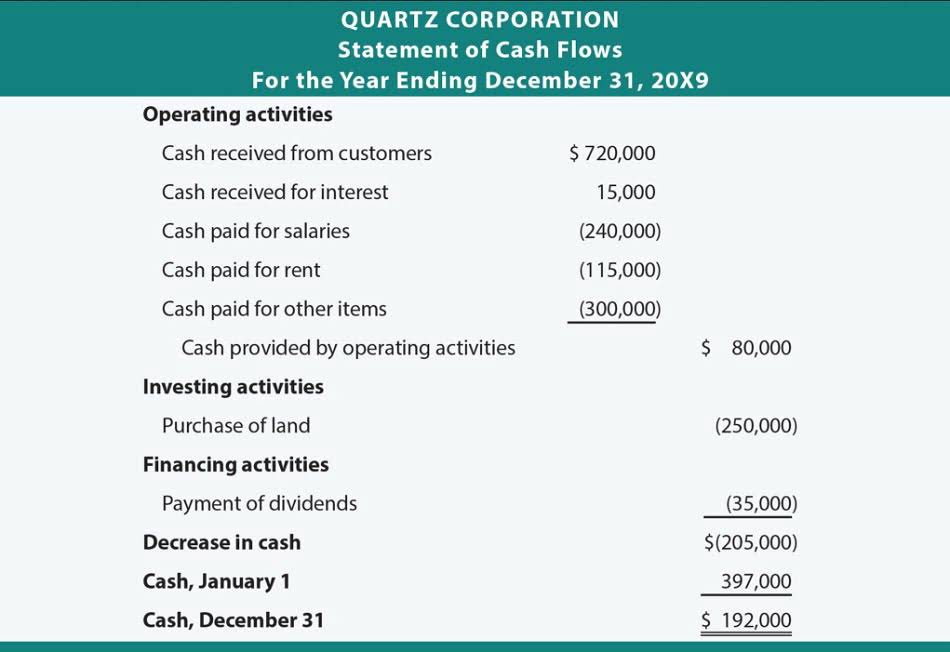Example Closing Process Explanation

For example, the expenses are transferred to the debit side of the income summary while the revenues are transferred to the credit side of the income summary. The company can make the income summary journal entry for the revenue by debiting the revenue account and crediting the income summary account. A temporary account to which the income statement accounts are closed. This account is then closed to the owner’s capital account or a corporation’s retained earnings account. This and other summary accounts can be thought of as a clearing account. An income summary is a summary of income and expenses for a certain period, with the result being profit or loss.

Balance Sheet in Accounting: What You Need to Know
In this article, we’ll go through the income summary account in-depth and show you how to close it. In this case, the income summary account has a net credit balance which means that the company has a net income of $5 million. After these two entries, the revenue and expense accounts have zero balances. Rather than closing the revenue and expense accounts directly to Retained Earnings and possibly missing something by accident, we use an account called Income Summary to close these accounts. Income Summary allows us to ensure that all revenue and expense accounts have been closed.
Accounting made for beginners
While revenues and expenses in accounting records are reset to zero at the conclusion of a period, they are reported in the income statement to reflect profitability for the time. An income statement is a list of all revenue and expense accounts classified according to the type of revenue and expense. At the end of an accounting period, the account of income summary is utilized for closing-entry recording. Account balances of income-statement accounts, specifically revenues and costs, are closed and reset to zero at the end of an accounting period to prepare them for transaction recording in the next month.
Submit to get your retirement-readiness report.
This means that the balances in the income statement accounts will be combined and the net amount transferred to a balance sheet equity account. In the case of a corporation, the equity account is Retained Earnings. In the case of a sole proprietorship, the equity account is the owner’s capital account. As a result, the income statement accounts will begin the next accounting year with zero balances.
Step 1 of 3
- Many of these come in the form of understanding what each section of the document means and interpreting it.
- We have completed the first two columns and now we have the final column which represents the closing (or archive) process.
- All revenue accounts will be closed at the conclusion of the accounting period.
- Our work has been directly cited by organizations including Entrepreneur, Business Insider, Investopedia, Forbes, CNBC, and many others.
Income statements also provide a good source of analysis for investors that are willing to invest in the business. It helps managers and business owners point out which company expenses are growing at an unexpected rate and which of these expenses need to be cut down in the future. The income statement benefits various stakeholders in several ways. It provides them with a summary of the performance of the company during a specific period. Its expenses and losses are also lumped together totaling $87,000.

An income statement’s objective is to compile all of the account information on revenues and expenses recorded during an accounting period and display it in standard income-statement format. An income statement assists users in evaluating a company’s previous performance and offers a foundation for forecasting future success. Information on various components of total net income, as a result of revenues and expenses from various business operations, is especially valuable in estimating the risk of not achieving a specified level of income in the future. A high level of total current income, for example, combined with a relatively low level of income from the major operating activities may imply reduced total income in the future.
- The illustration above comprehensively shows the different levels of profitability of XYZ Corporation.
- After preparing the closing entries above, Service Revenue will now be zero.
- This makes it easier for users of the income statement to better comprehend the operations of the business.
- You must close each account; you cannot just do an entry to “expenses”.
Permanent Versus Temporary Accounts
To check this, you’ll have to compare the Profit and Loss and Balance Sheet reports. You can start by running the Profit and Loss report for this fiscal year in question and see the Net Income value at the very bottom. You should see this same value in net income contributing to Equity. When the what kind of account is income summary fiscal year ends, it’s not until the first day/date of the new one that QuickBooks moves your net income to the Retained Earnings account. Once you’re seeing the net income assigned to the Owners Equity account before the fiscal year-end date or on the last day, then that should be correct.
Do I need to create an income summary / closing account in QBO?
This retains these balances until final closing entries are made. Afterward, its balance is transferred to the retained earnings (for corporations) or capital accounts (for partnerships). This moves income or loss from an income statement account to a balance sheet account. The income summary account is a temporary account used in the closing stage of the accounting cycle to collect the balances of the revenue and expense accounts, which are then closed. The purpose of the income summary account is to facilitate the process of closing temporary accounts and transfer their balances into the retained earnings account.

Could “Scope 4” emissions reporting be on the horizon?
It tells whether a company has made a profit or loss during that period. On the statement of retained earnings, we reported the ending balance of retained earnings to be $15,190. We need to do the closing entries to make them match and zero out the temporary accounts. This means that in order to close a revenue account at the end of a financial year, a debit entry needs to be created with the balance of the revenue accounts.
The credit side will be the company’s total income, and the debit side is the company’s total expenditure. Once all the temporary accounts are compiled, the value of each account is then debited from the temporary accounts and credited as a single value to the income summary. Income statement evaluates the profit or loss of a business over a period of time, whereas balance sheets show the financial position of a business at a specific point in time. Income statements provide a summary of the performance of a company during a specific accounting period and are useful for various stakeholders like management, investors, lenders, and creditors. With the income statement detailing the categories of revenues and expenses of a company, management is able to see how each department of a company is performing. A single-step income statement displays the revenue, expenses, and gains or losses generated by a company.
